WHY:
Before the global financial crisis that began in 2008, both the Financial Accounting Standards Board (FASB) and the International Accounting Standards Board (IASB) began a joint project to improve and to achieve convergence of their respective standards on the accounting for financial instruments. The global economic crisis further highlighted the need for improvement in the accounting models for financial instruments in today’s complex economic environment. As a result, the main objective in developing this Update is enhancing the reporting model for financial instruments.
WHO:
All entities that hold financial assets or owe financial liabilities
WHAT:
ASU 2016-01 provides revised accounting guidance related to the accounting for and reporting of financial instruments. Some of the main provisions include:
- All equity securities are to be reported at fair value with unrealized gains and losses reported in the income statement (except those securities accounted for under the equity method of accounting or those that result in a consolidation of the investee)
- Only debt securities will be classified as trading, available for sale, or held to maturity
In addition, the Update:
- Simplifies the impairment assessment of an equity investment without a readily determinable fair value by introducing a qualitative assessment
- Eliminates the fair value disclosure requirement of financial instruments measured at amortized cost for non public (private) entities
- Requires the separate presentation in other comprehensive income of the change in credit risk of a liability elected to be measured at fair value
- Requires a separate presentation of financial assets and liabilities by measurement category and form of financial asset on the balance sheet or the accompanying notes to the financial statements.
Any adjustment at the adoption of this Update will be made by means of a cumulative-effect adjustment to the balance sheet as of the beginning of the fiscal year of adoption
WHEN:
Public Companies – fiscal years beginning after December 15, 2017 or 2018 calendar year
Private Companies — fiscal years beginning after December 15, 2018 or 2019 calendar year
For more information on adoption of this update, contact Martha Hayes, CPA, at mhayes@larsco.com.


.png)



